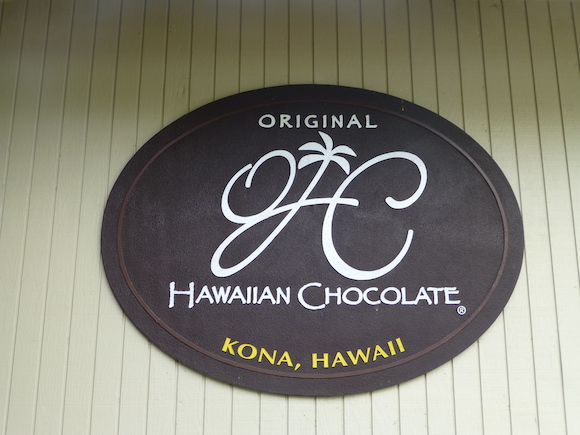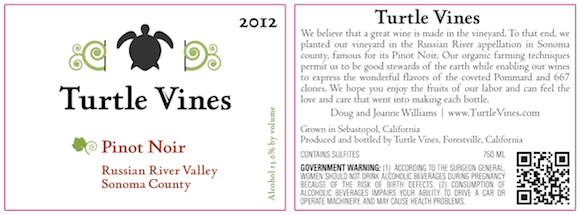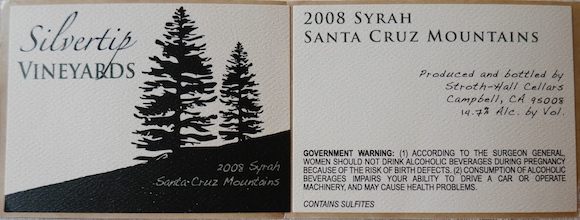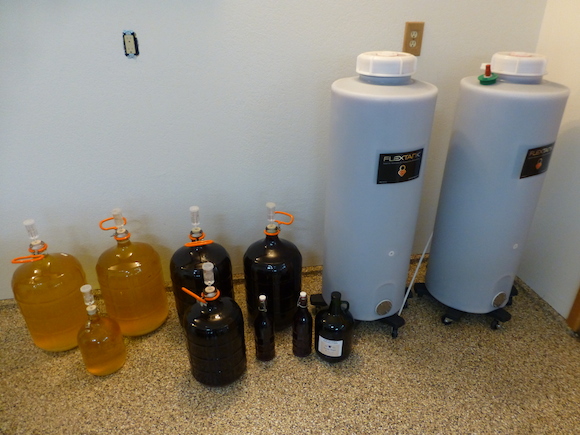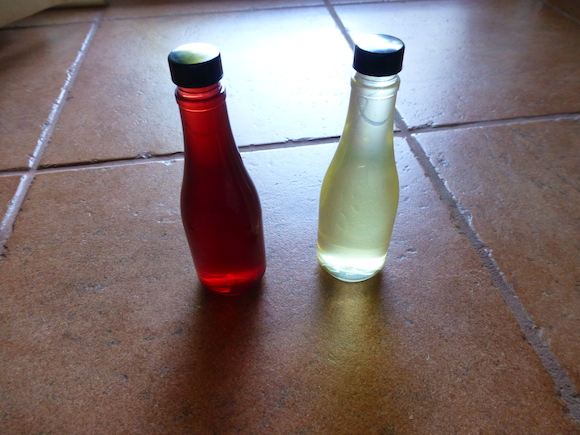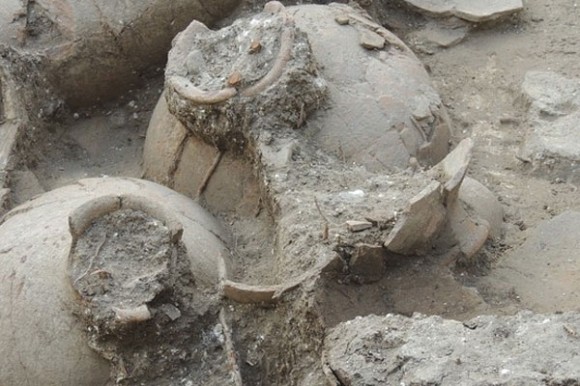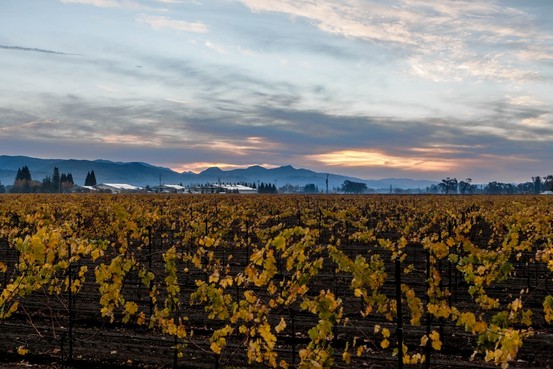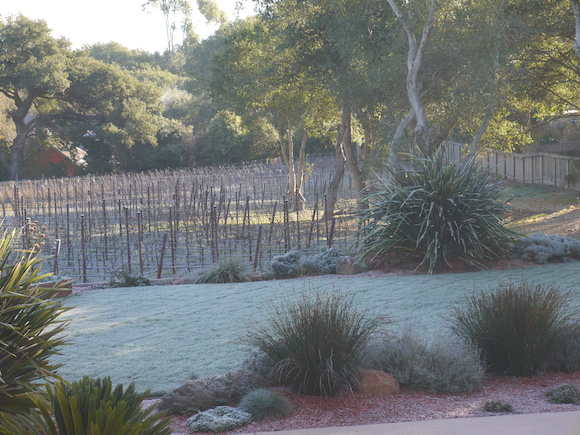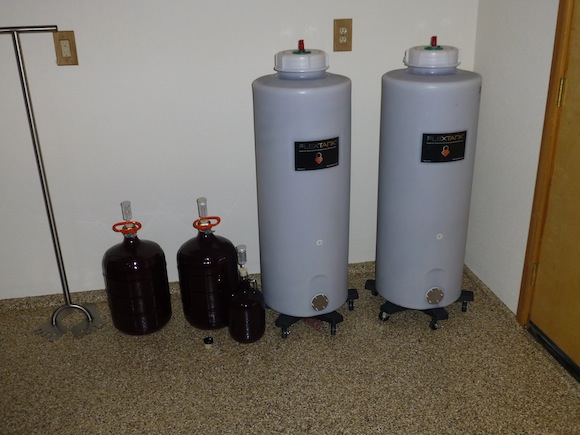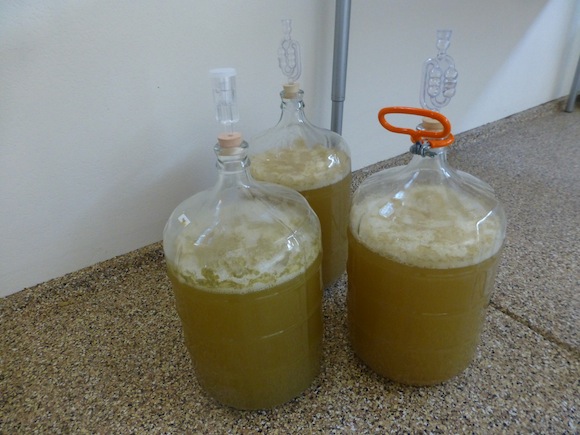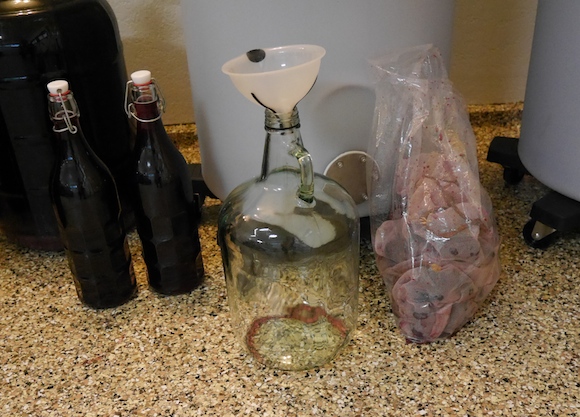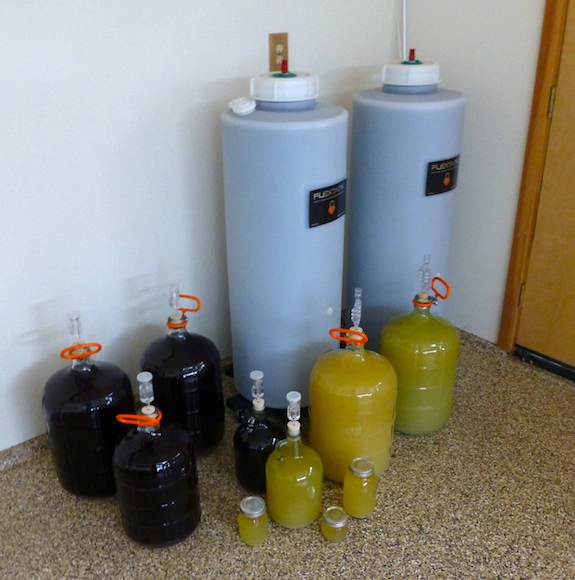We had the good fortune to be in Kona, HI last week with family. It was a great trip!
When Joanne and I vacation we love to visit small farms to learn from them and hopefully bottle some of their enthusiasm to bring home. We ended up at Original Hawaiin Chocolate Factory (OHCF) . What a great story and a wonderful tour of how a family moved from North Carolina 15 years ago, bought a 5 acre farm and started making chocolate. They are the only bean to bar maker of chocolate in the industrialized world!
So, what did I learn and is it like making hand-crafted Pinot Noir in Russian River Valley? Let’s see.
Cacao is grown 15-20 degrees from the equator in 3 major varieties…Forastero, Criollo and Trinitario. Cacao trees are pruned to 10-15 feet and blossom 5 months of the year. The fruit takes about 6-7 months to ripen. You can tell they are ripe when they brighten in color. They say when they look like Easter Eggs, they are ready to pick! Since the blossoms take 5 months and they fruit take 6-8 months to ripen, you can’t harvest cacao all at once. They do it every 2 weeks to ensure optimal flavor. Wow, a labor of love.
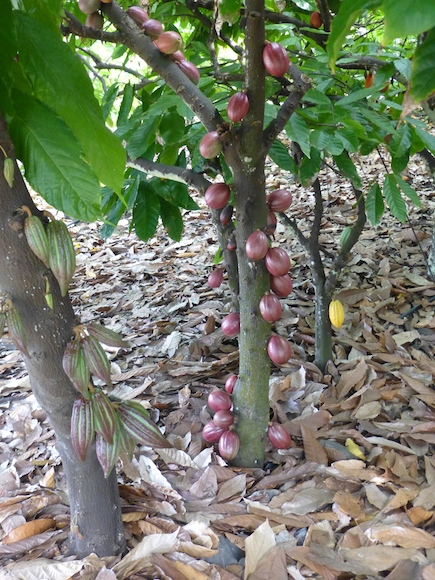
Next they cut open the pods (top picture) and take out the white seed/beans. These are then fermented to remove the white outer material for 6-8 days.
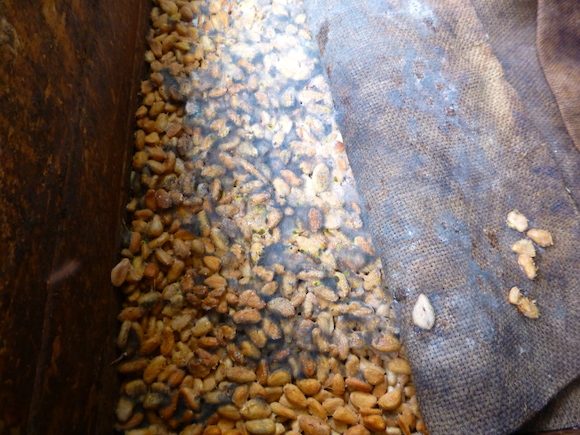
Then they are dried in the sun for 22-28 days to lower the moisture content to <7%. At this point they can be stored almost indefinitely.
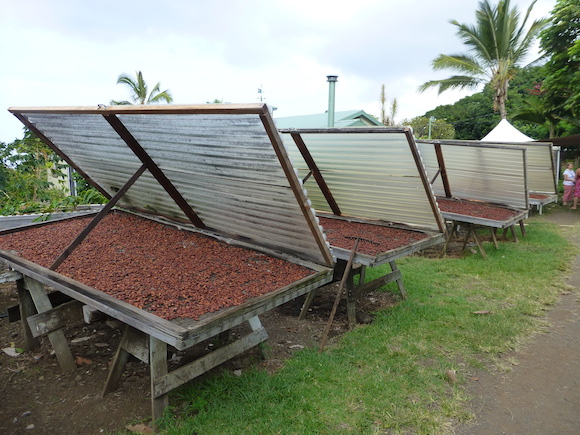
Then the fun part begins. The beans are now roasted. It took them a lot of experimentation to find the right time and temperature to give the correct flavor profile. The bean are now winnowed to remove the outer shell and crushed into nibs. Next the nibs are ground down into a thick liquid mass and vanilla and lecithin are added to make dark chocolate. This process takes up to 18 hours to get a velvety texture. The liquid is then cooled from 120 F to 86 F and then poured into molds.
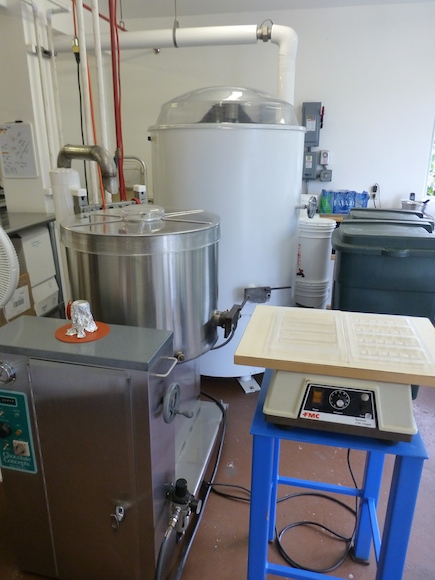
And then you have chocolate!
We loved the Criollo Dark Chocolate…tastes very smooth but has 70% cacao without any milk.
What did I learn…Just like growing and making wine, a tremendous amount of effort and passion is needed to make a good final product. For chocolate I think the skill is in the correct harvest time and in processing. For wine, I think more time is spent in growing the produce. In both cases…grow a wonderful grape/bean and then don’t mess it up in how you process it!
